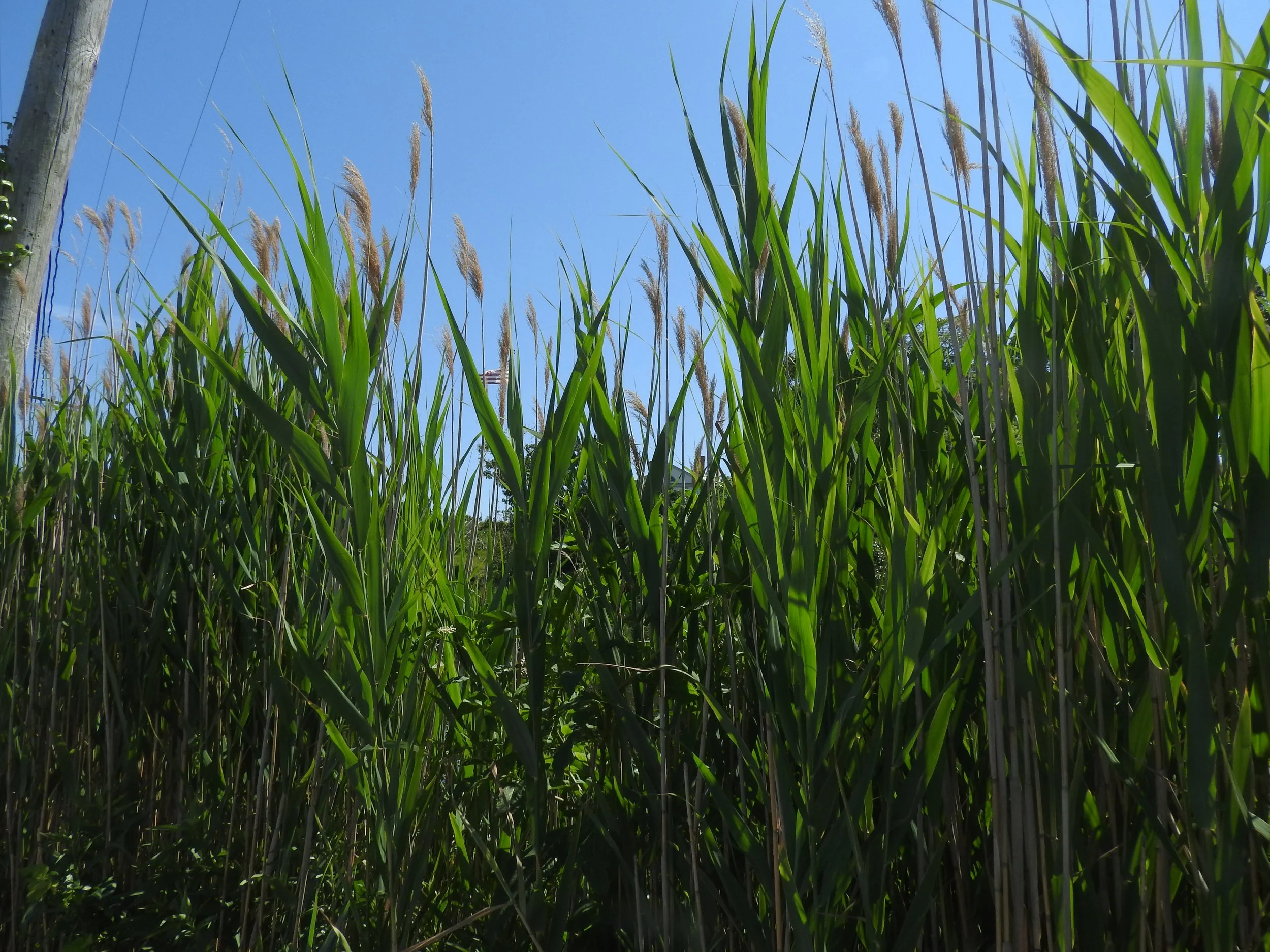What will it include?
A community-wide vision, building on and updating Tisbury’s 2015 Vision Plan.
Master Plan Goals & Policies
Ten-year Implementation Plan
Assessment & vision plans for Tisbury’s three business districts.
An inventory & assessment report for nine core master plan elements.
Master Plan Components
Land Use.
Land use is the centerpiece of every master plan. It describes the long-term plan for conservation and development, designating critical natural resources and open space as ‘protection areas’ and developable land as ‘growth areas’ for residential, commercial, and industrial uses. The Master Plan’s land use element should form the basis for future zoning and other regulatory changes to implement the master plan.
Economic Development.
Economic development is about how people live and work and the opportunities they have to maintain or improve their quality of life. Jobs, wages, education and skills, access to employment choices, and availability of goods and services are all part of a town’s economy. As a worldwide destination for tourism, Vineyard towns are uniquely challenged to serve residents and accommodate visitors. This is especially true for Tisbury, the Vineyard’s year-round gateway. The Master Plan’s economic development element will assess the health of Tisbury’s economy and opportunities to make the town the best it can be as a prosperous place for the people who live and work here.
Natural Resources, Energy, and Sustainability.
The natural resources element focuses on preserving and enhancing scenic, water, ecological, historical, and mineral resources. It examines the relationship between the natural environment and built environment as the community has evolved, and documents conditions requiring special protective and preservation measures. As an island community, Tisbury is especially challenged to address coastal resiliency. This Master Plan element will give particular attention to the challenges of climate change and sea level rise.
Open Space.
As a non-renewable resource, open space needs planning, protection, and stewardship. For this section of the Master Plan, the open space element addresses protected open space and conservation land and recreational resources such as neighborhood and community-wide park and playground facilities. It will look at opportunities to connect existing, protected open spaces with public recreational amenities to meet current and future needs.
Public Facilities.
Community services and facilities reflect a commitment residents make to the quality of life in their town. Municipal and school services attract residents and businesses to the community and keep them over the long term. Civic buildings contribute to the sense of community, provide public gathering places, and support the day-to-day operation of town government. Infrastructure such as roads, utilities, stormwater management, and coastal facilities protect public health and welfare. The public facilities element of the Master Plan is intended to help the town plan for public facilities to meet these kinds of needs.
Community Health.
The Master Plan will identify and analyze a variety of health indicators to better understand health opportunities, gaps, and challenges identified by community members and a wide range of community health data. Aspects of a healthy community include safety, recreational opportunities, environmental quality, and access to health and wellness care, food, transportation, child care, decent housing, and others.
Housing.
The Master Plan housing element will provide an assessment of population growth and demographics, household, and housing data sufficient for someone to understand Tisbury’s development history and to see how housing policies have influenced the size and make-up of the town’s households. This section also should discuss the age and condition of housing stock, availability of housing for people with disabilities, and whether people with low or moderate incomes have access to housing in a variety of neighborhoods
Transportation.
Mobility of residents and visitors in Tisbury relies on the intricate connection of ferries, an island-wide transit system, roadway infrastructure, bicycle lanes, and sidewalks for pedestrians. This element of the Master Plan will assess mobility of people and goods throughout the community. It addresses current transportation issues and future challenges associated with growth and change, both locally and in the region. Ultimately, the recommendations of this element should help develop an efficient, cost-effective, and comprehensive transportation management strategy in a manner consistent with the goals and character of the community and regional transportation planning.
Governance.
The governance component of the Master Plan will assess the Town’s capacity for planning and the structures and systems in place to implement the master plan and other community planning initiatives such as economic development, housing, climate change, and other critical community needs.

